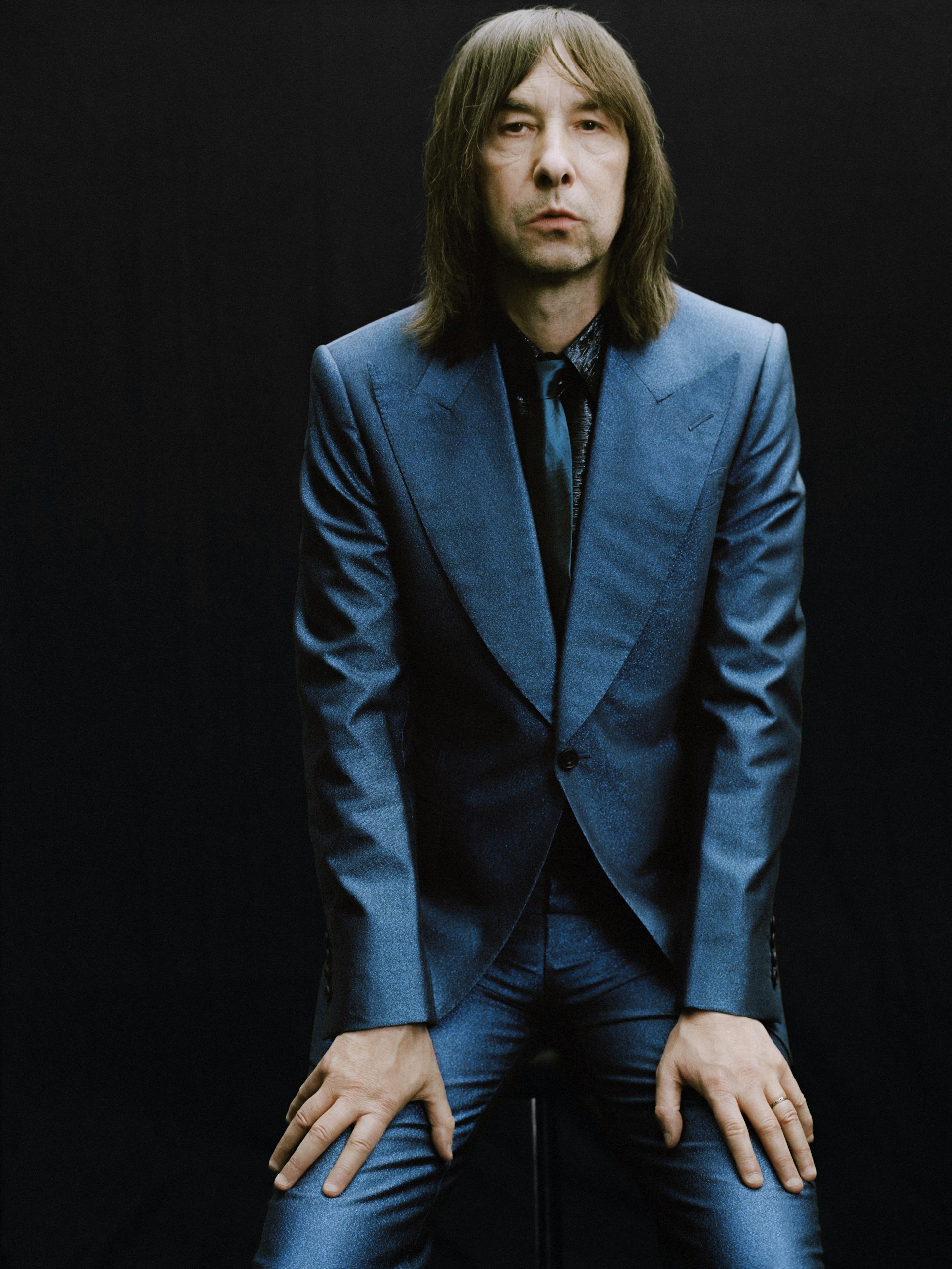Portraits that capture the spirit of modern America
- Text by Miss Rosen
- Photography by Stephen Shore

American photographer Stephen Shore, now 70, began his career as a child prodigy, getting his start at just 14 years old when Edward Steichen, then the director of the Department of Photography at the Museum of Modern Art, New York, acquired his work. Three years later, in 1965, he walked into Andy Warhol’s famed silver Factory and spent the next two years fully immersed and documenting the scene, thinking about how artists worked and applying those lessons to his career.
By the age of 24, Shore had fully arrived, with his first solo photography exhibition at The Metropolitan Museum of Art, ushering in a new era of photography. By this time, Shore was working in colour – which, hard to imagine now, was an extremely radical move. Using a wide array of photographic formats and mediums, he created monumental scenes from everyday life. Shore’s America is a portrait of the grandeur that lies in the most mundane of moments.

U.S. 97, South of Klamath Falls, Oregon, July 21, 1973. 1973. The Museum of Modern Art, New York. The Photography Council Fund. © 2017 Stephen Shore
As a result of the inscrutable nature of his work due to its level of detachment, Shore’s work has been largely misunderstood, for in his seeming objectivity he captures the enigmatic qualities of the vernacular world. Curator Quentin Bajac makes sense of it all in the new exhibition Stephen Shore, currently on view at the Museum of Modern Art through May 28, 2018.
“Whenever I find myself copying myself — making pictures whose problems I’ve already solved—I give myself new issues to pursue,” Shore told Phaidon.com. “This could be a change of content, or of media, or of camera format, or of the formal questions I’m exploring. For me, the pictures I make are the byproduct of my explorations, not an end in themselves.”

1:35 a.m., in Chinatown Restaurant, New York. 1965–67. Courtesy the artist. © 2017 Stephen Shore
When taken as a whole, as the exhibition does, Shore’s work becomes a symphony unto itself. Here, the sum of the parts become a quintessential depiction of an American ideal: striving for equality in all things, even within the art world.
“Shore’s refusal to repeat himself has led him to seek out a new direction as soon as a style – that is, the combination of an approach and a subject – seems to be firmly in place, or when the visual solutions to a problem have become obvious to him and the pleasure of resolving the problem has vanished,” Bajac writes in the exhibition catalogue.

Kanab, Utah, June 1972. 1972. Courtesy the artist. © 2017 Stephen Shore
“His shifts between colour and black and white, his use of both analogue and digital, and his constant variation of scale and subject characterise a visually disparate body of work in which the prevailing rule seems to be the absence of rules.”
Yet, Shore follows one prevailing principle throughout his work: staying true to himself as an artist. He forgoes a definitive style in search of something greater than this: a new way of seeing that is inherently American. In the exhibition, we can see how the process of experimentation and reinvention underscores the inherent democratization of photography while aspiring to achieve mastery of the form.
“When one turns 70, one starts thinking after themselves a bit retrospectively,” Shore observed in the press preview, “One of the things that’s a driving force for me is that I wanted to keep my mind fresh.”

Second Street, Ashland, Wisconsin, July 9, 1973. 1973. Courtesy the artist. © 2017 Stephen Shore

West 9th Avenue, Amarillo, Texas, October 2, 1974. The
Museum of Modern Art, New York. Acquired through the generosity of an anonymous donor. © 2017 Stephen Shore

Amarillo, Texas, July 1972. 1972. Courtesy the artist. © 2017 Stephen Shore

County of Sutherland, Scotland, 1988. The Museum of Modern Art, New York. Gift of Susan and Arthur Fleischer, Jr. © 2017 Stephen Shore

Breakfast, Trail’s End Restaurant, Kanab, Utah, August 10, 1973. The
Museum of Modern Art, New York. Purchase. © 2017 Stephen Shore

Merced River, Yosemite National Park, California, August 13, 1979. The Museum of Modern Art, New York. Gift of the artist. © 2017 Stephen Shore

Sderot, Israel, September 14, 2009. The Museum of Modern Art, New York. Gift
of the artist. © 2017 Stephen Shore
Follow Miss Rosen on Twitter.
Enjoyed this article? Like Huck on Facebook or follow us on Twitter.
Latest on Huck

Inside New York City’s hedonistic 2000s skateboarding scene
New photobook, ‘Epicly Later’d’ is a lucid survey of the early naughties New York skate scene and its party culture.
Written by: Isaac Muk

Did we create a generation of prudes?
Has the crushing of ‘teen’ entertainment and our failure to represent the full breadth of adolescent experience produced generation Zzz? Emma Garland investigates.
Written by: Emma Garland

How to shoot the world’s most gruelling race
Photographer R. Perry Flowers documented the 2023 edition of the Winter Death Race and talked through the experience in Huck 81.
Written by: Josh Jones

An epic portrait of 20th Century America
‘Al Satterwhite: A Retrospective’ brings together scenes from this storied chapter of American life, when long form reportage was the hallmark of legacy media.
Written by: Miss Rosen

Bobby Gillespie: “This country is poisoned by class”
Primal Scream’s legendary lead singer writes about the band’s latest album ‘Come Ahead’ and the themes of class, conflict and compassion that run throughout it.
Written by: Bobby Gillespie

Vibrant photos of New York’s Downtown performance scene
‘Balloons and Feathers’ is an eclectic collection of images documenting the scene for over two decades.
Written by: Miss Rosen